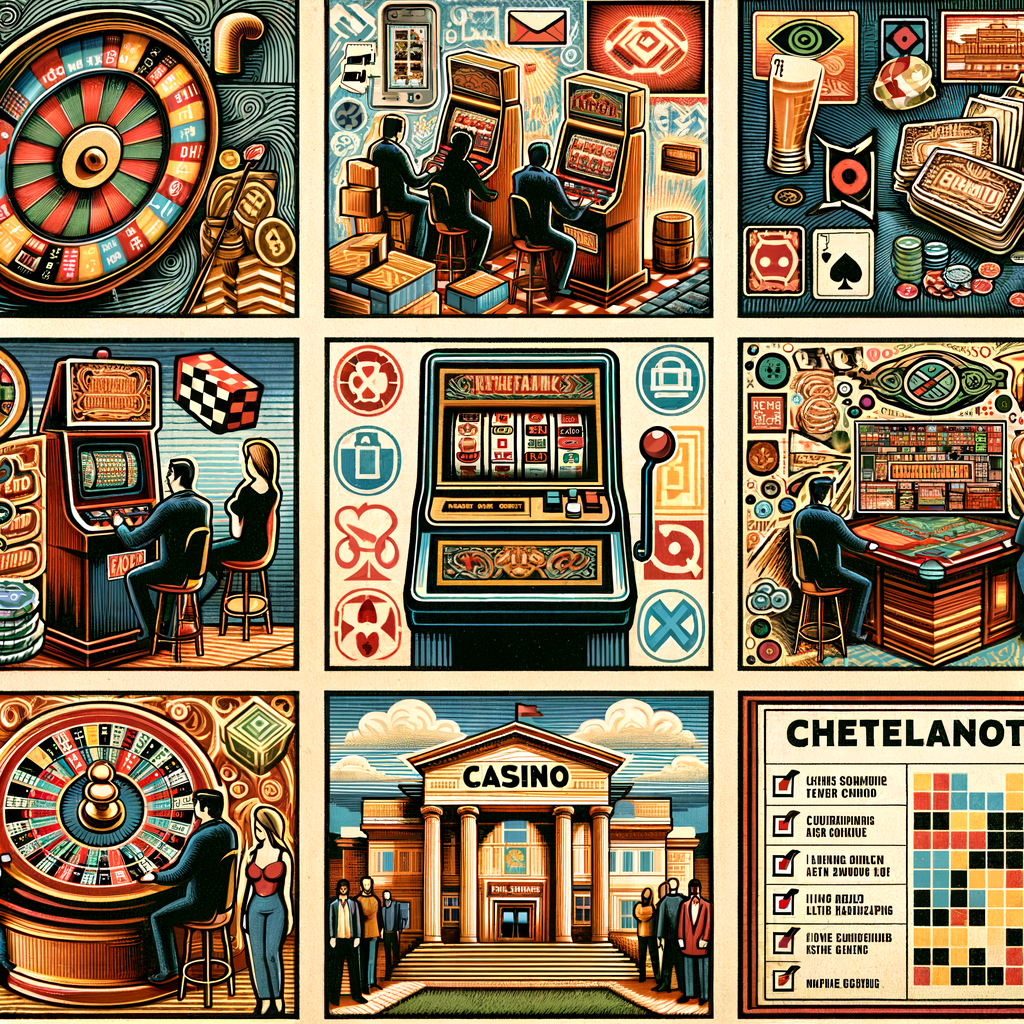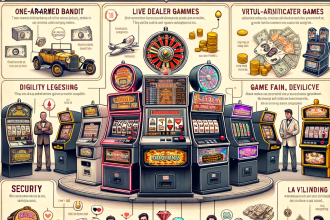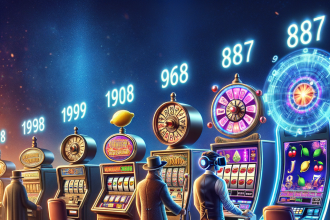In various fields such as finance, gaming, and even data management, the term table limits frequently emerges as a crucial concept. Understanding table limits is essential not only for operators and regulators but also for participants engaging in any environment where limits define possible outcomes. This article will explore the key concepts and definitions surrounding table limits, as well as their importance in strategic decision-making.
Understanding Table Limits: Key Concepts and Definitions
Table limits primarily refer to the minimum and maximum stakes that can be wagered at a table in a casino or gaming establishment. These limits are established to promote fair play and responsible gambling, as they prevent players from wagering amounts that could lead to excessive losses. Table limits vary by game type and can differ significantly between establishments, creating a dynamic atmosphere for both players and house operators.
Minimum and Maximum Limits
- Minimum Limit: This is the smallest amount of money that a player can wager at a table. For instance, in blackjack, if the minimum table limit is $10, players must bet at least that amount to participate in the game. This limit serves to attract casual players who may not wish to wager large sums while still maintaining a competitive environment.
- Maximum Limit: Conversely, the maximum limit dictates the highest amount a player can stake in a single game or round. For example, a roulette table may have a maximum limit of $1,000. This cap protects the casino from excessive risks associated with high-stakes gambling while ensuring that the games remain enticing for high rollers.
Variability Among Establishments
Table limits are not uniform across different gaming facilities. Each casino or gaming house sets its own limits based on several factors, including target clientele, game popularity, and overall house strategy. For instance, high-end casinos in Las Vegas may feature table limits that start at $100, catering to affluent customers, while local establishments may offer tables with limits as low as $5 to attract a broader audience.
Factors Influencing Table Limits
Several factors influence the setting of table limits, including:
- Market Demand: High demand for a particular game can lead to higher table limits, enabling operators to maximize their revenue potential.
- Game Type: Different games have varying volatility and house edges, which can impact how limits are structured. High-variance games like poker may feature more flexible limits compared to lower-variance games like slots.
- Regulatory Environment: In some jurisdictions, regulations may dictate minimum and maximum table limits, ensuring that the gaming environment remains fair and safe for all participants.
The Importance of Table Limits in Strategic Decision-Making
Table limits play a vital role in strategic decision-making for both players and casino operators. For players, understanding table limits can significantly influence their betting strategies, bankroll management, and overall experience at the gaming table. For operators, establishing appropriate limits is crucial for safeguarding the casino’s interests while creating a welcoming environment for guests.
Impact on Player Behavior
Table limits can shape player behavior in various ways. Players often adjust their strategies based on the limits imposed, leading to different outcomes. For instance:
- Bankroll Management: Knowing the table limits allows players to make informed decisions regarding their bankroll. A player with a limited budget may opt for lower-limit tables to prolong their playing time and reduce the risk of significant losses.
- Betting Strategy: Players may alter their betting strategies based on the table limits. High-stakes players might prefer tables with larger maximum limits to capitalize on their advantages, while conservative players may gravitate toward lower-limit tables to minimize risk.
- Psychological Factors: The presence of table limits can create a psychological boundary that alters players’ perceptions of risk. A $10 minimum bet might seem more approachable than a $100 minimum, enticing more players to engage with the game.
Strategic Decision-Making for Operators
For casino operators, table limits are a strategic tool that can significantly impact profitability and customer satisfaction. Setting the right limits involves a careful balance of factors:
- Target Audience: Operators must understand their customer demographics to determine appropriate table limits. Catering to high rollers may require higher limits, while simultaneously providing options for casual players.
- Game Offerings: Different games attract different player bases. Operators must establish limits that reflect the game’s popularity and volatility, ensuring that they maximize gameplay without alienating potential customers.
- Revenue Management: Table limits directly influence the revenue generated per game table. Higher limits can lead to increased revenue from high-stakes players, while careful management of lower limits can attract a larger volume of players, increasing overall occupancy and playtime.
Example Table for Reference
The following table highlights how various game types may have different table limits based on the casino’s target market:
| Game Type | Minimum Limit | Maximum Limit | Target Audience |
|---|---|---|---|
| Blackjack | $10 | $5,000 | Casual & High Rollers |
| Roulette | $5 | $1,000 | Casual Players |
| Poker | $50 | $10,000 | High Rollers |
| Craps | $10 | $500 | Casual & Social Players |
Conclusion
In summary, understanding table limits is essential for both players and casino operators alike. These limits not only govern the stakes involved in gaming but also influence strategic decision-making in significant ways. For players, table limits affect risk management, betting strategies, and overall enjoyment of the gaming experience. For operators, they represent a critical aspect of revenue management and customer engagement.
By recognizing the importance of table limits, participants in the gaming environment can make better-informed decisions, ultimately leading to a more engaging and responsible gaming experience. Whether you are a player looking to maximize your enjoyment or an operator aiming to cultivate a thriving business, a solid understanding of table limits is invaluable in navigating the complexities of the gaming landscape.









